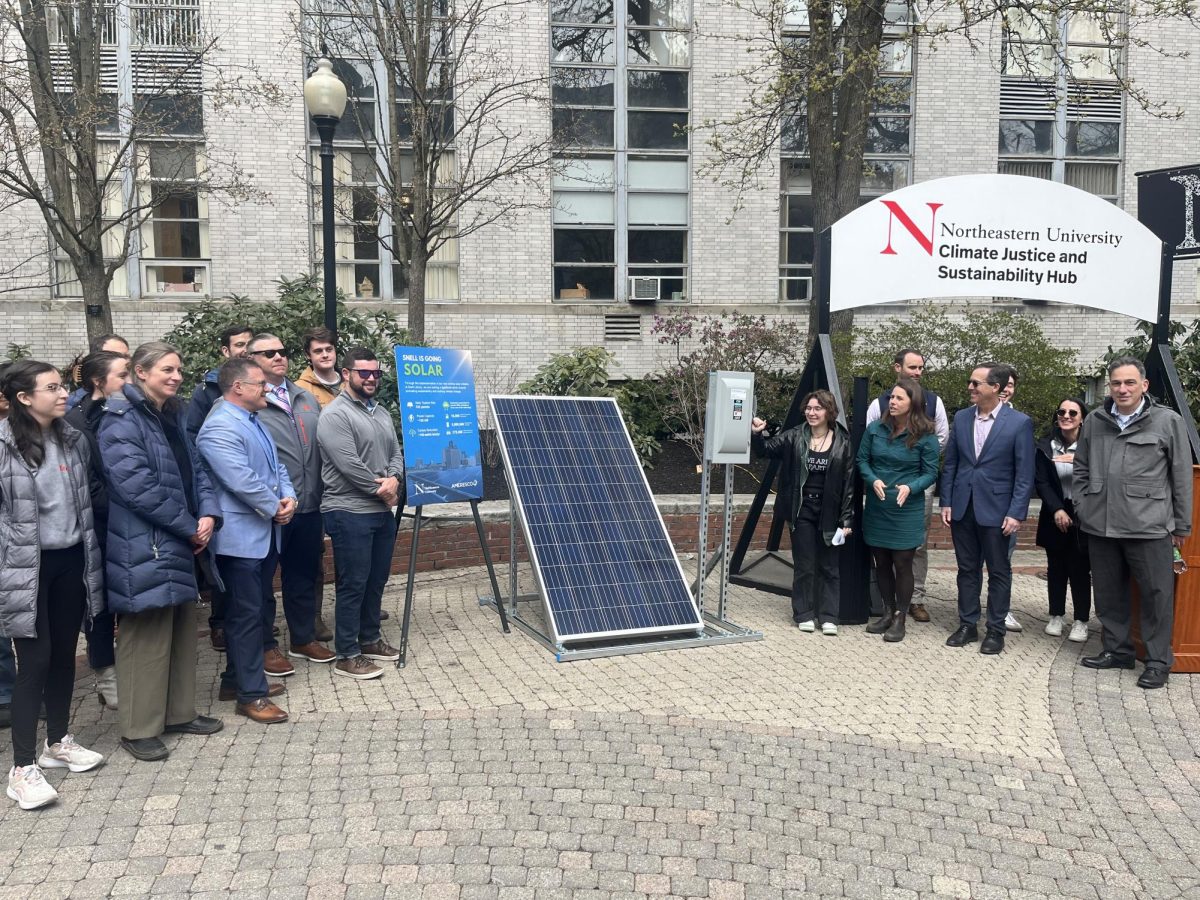Information provided from Northeastern’s Media Relations office at [email protected].
This summer’s teen employment rate hit a 37-year low, according to a report from the National League of Cities (NLC) Institute for Youth, Education and Families that was prepared by the Center for Labor Market Studies at Northeastern University.
The study found that only 38.9 percent of teenagers (age 16 to 19) were employed on a seasonally adjusted basis during June and July of 2002, the lowest percentage since the summer of 1965 when the employment rate for teens was 38.5 percent. The 38.9 percent figure represents the number of employed teens as a percentage of all 16-19 year olds in the nation’s civilian non-institutional population. Just two years ago, during the summer of 2000, the teen employment rate was 45.9 percent.
Among the key factors contributing to the recent sharp decline in the teen employment/population ratio were the weakened labor market in the U.S., increased job competition from recent college graduates and older unemployed adults, a rising number of teens, and the absence of any federal summer jobs programs specifically targeting teens.
While the job finding rates of teens fell across the demographic spectrum, employment rates for black and latino teens were far lower than the average for white teens for the summer of 2002. Among white teens, 42.3 percent were employed compared to 37.3 percent of latino teens and just 24.3 percent of black teens. Employment rates for teens from low-income families and from central cities also tend to be much lower than the average. The likelihood of summer employment among the nation’s teens was found to vary considerably along four dimensions: their family’s income, their schooling, their race/ethnic origin, and the geographic location of their residence. A black, low-income youth lacking a high school diploma and living in a central city only had a 20 percent chance of being employed versus an 80 percent chance for white, middle-income youth, with one or more years of college living in the nation’s suburbs.
“Contrary to many media reports, there is no empirical evidence that a lack of desire to work is the main reason for the considerably lower rates of teen employment this summer,” said Andrew Sum, professor of economics and director of the Center for Labor Market Studies at Northeastern University in Boston. Sum estimates that another 3.5 million teens either wanted jobs or desired full-time employment this summer but did not get them













